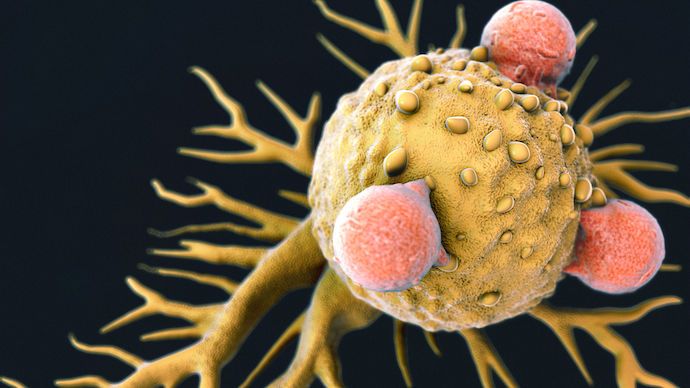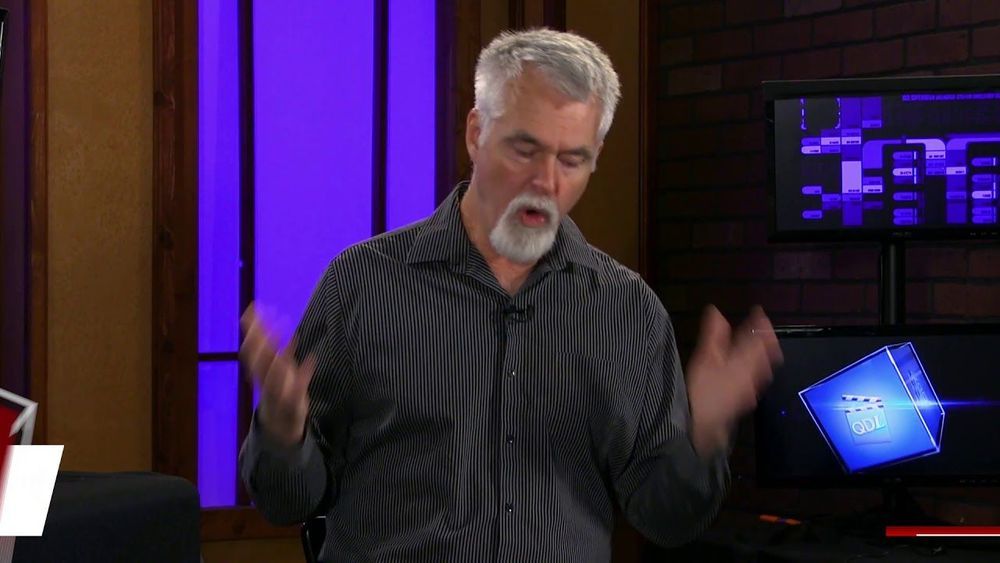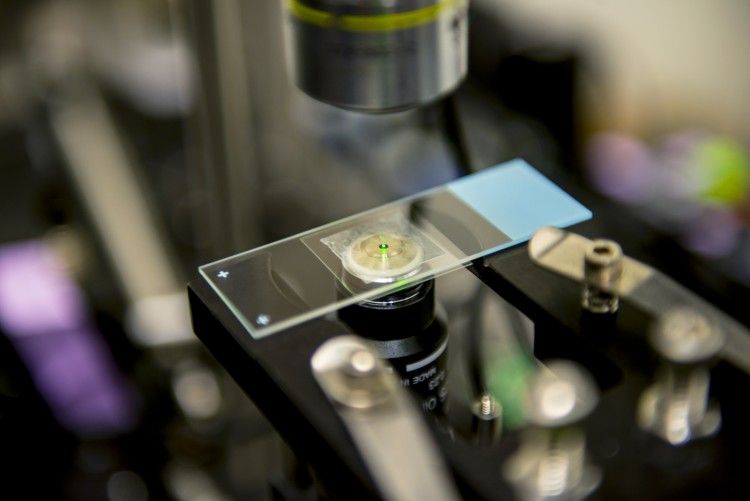Jan 21, 2020
Killer T-Cell Discovery Could Mean ‘Universal’ Cancer Treatment
Posted by Quinn Sena in category: biotech/medical
A new type of killer T-cell could serve as “one-size-fits-all” cancer therapy.
Researchers at Cardiff University in Wales discovered a different kind of T-cell receptor (TCR)—one that recognizes and kills most human cancer cells while ignoring healthy ones.
Continue reading “Killer T-Cell Discovery Could Mean ‘Universal’ Cancer Treatment” »


















